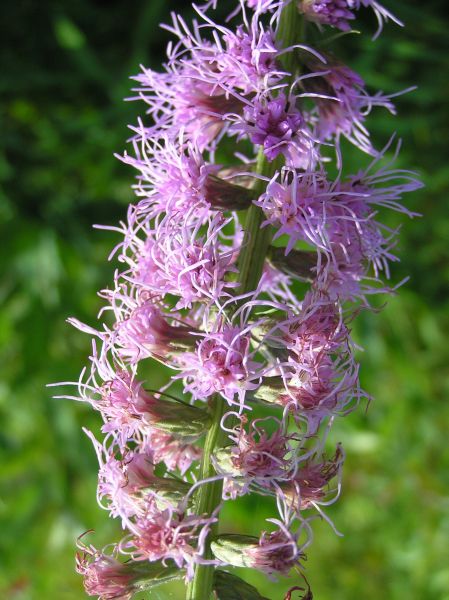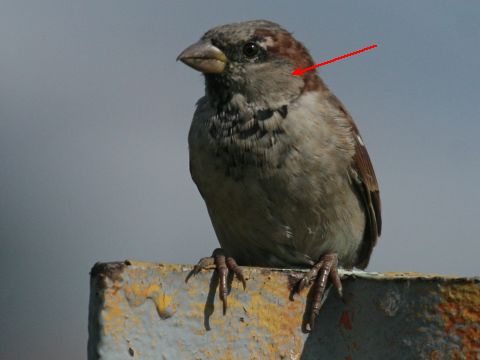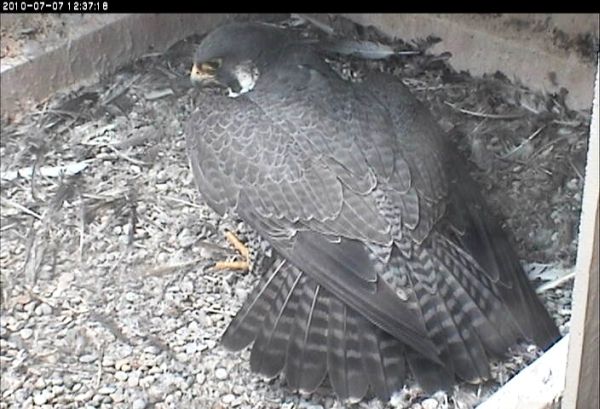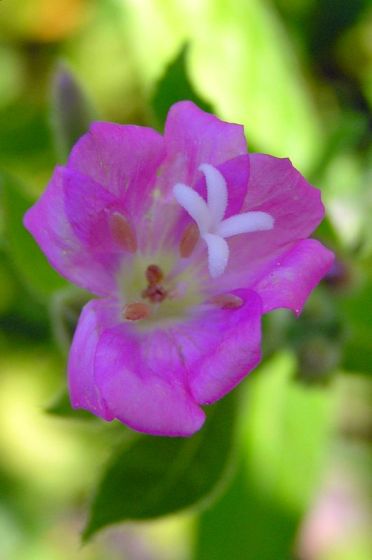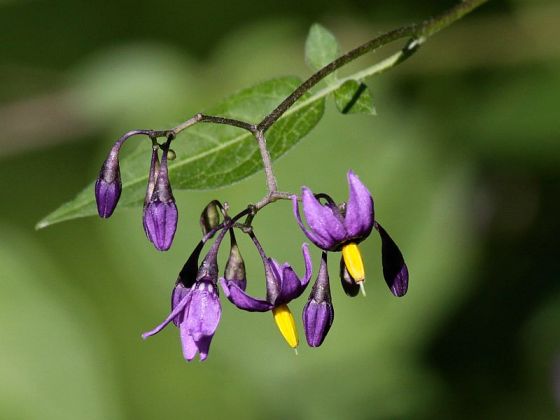
I know of four birds whose name begins with “house.” This house finch is one of them.
Common at backyard bird feeders, the house finch didn’t live east of the Rockies until the illegal pet trade tried to sell them as “Hollywood finches” in 1940 in New York. Just as the law was about to catch up with them, the traders released the birds on Long Island. The “evidence” was gone but not forgotten. The house finches set up housekeeping in the east and slowly expanded north, south and west. They’ve now met their western relatives mid-continent and are found across the U.S.
House finches prefer edges, not too open, not too forested. In the east they live in cities and suburbs and since they’re one of the few birds who feed their young only vegetables — not even insects — bird feeders are important to them.
House finches resemble purple finches but are easy to tell apart if you know two things. First, house finches are far more common near houses and feeders than the purple finch and, second, house finches have brown stripes on their flanks where purple finches have rosy stripes. See how the stripes on this bird’s flanks are brown? That’s how you know. (Click here for an illustration that shows both birds; it’s a big photo so you’ll have to scroll.)
When a bird has “house” in its name that usually means it nests in a hole but house finches don’t always do that. Their main site criteria is that the nest have an overhang. It may be they got the name “house” because the other finches won’t use holes at all.
Can you name three more birds whose names begin with “house?” Here are some hints:
- Two of them are common in North America and are well known for building their nests in holes.
- The third is a European bird.
- The European bird has a cousin with the same last name and the first name “purple,” similar to “house finch” / “purple finch.”
- There was a 1980’s indie pop band with the same name as the European bird.
(photo by Marcy Cunkelman)
